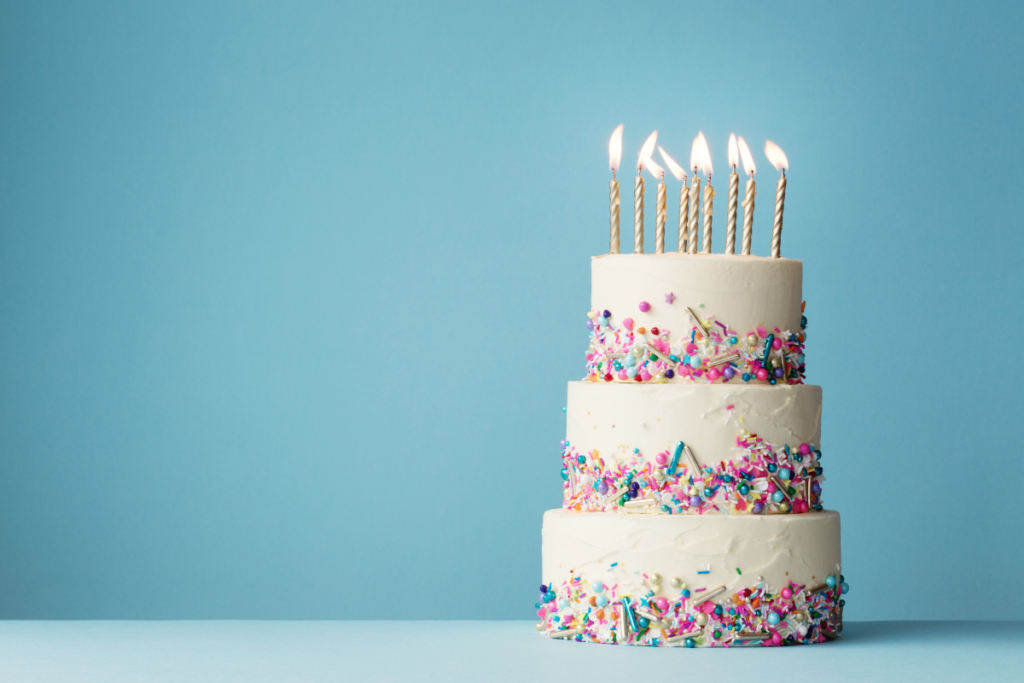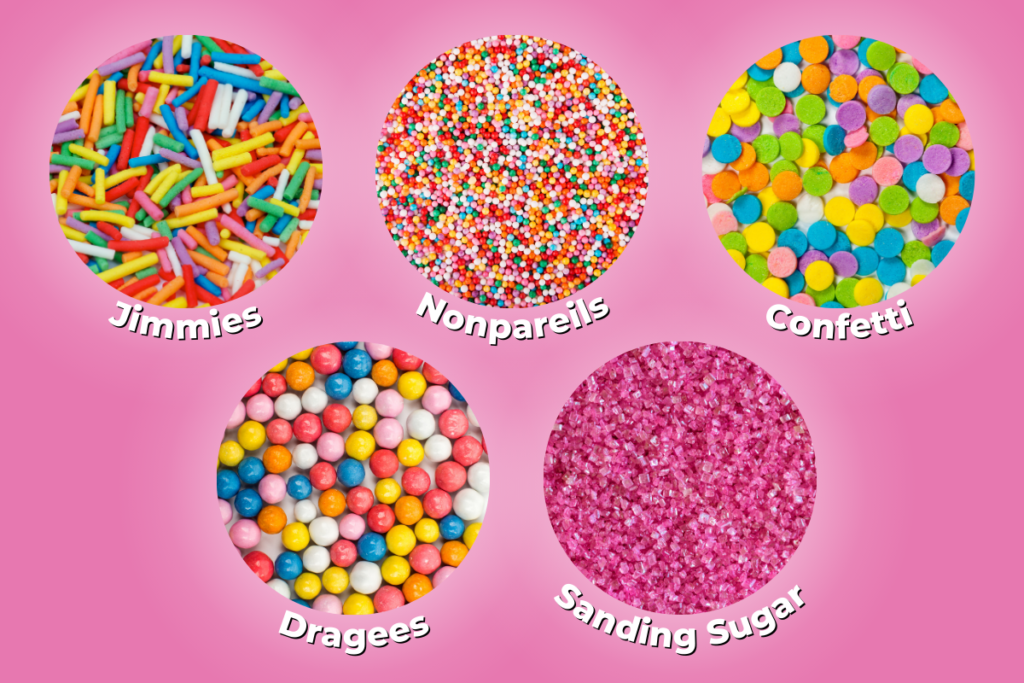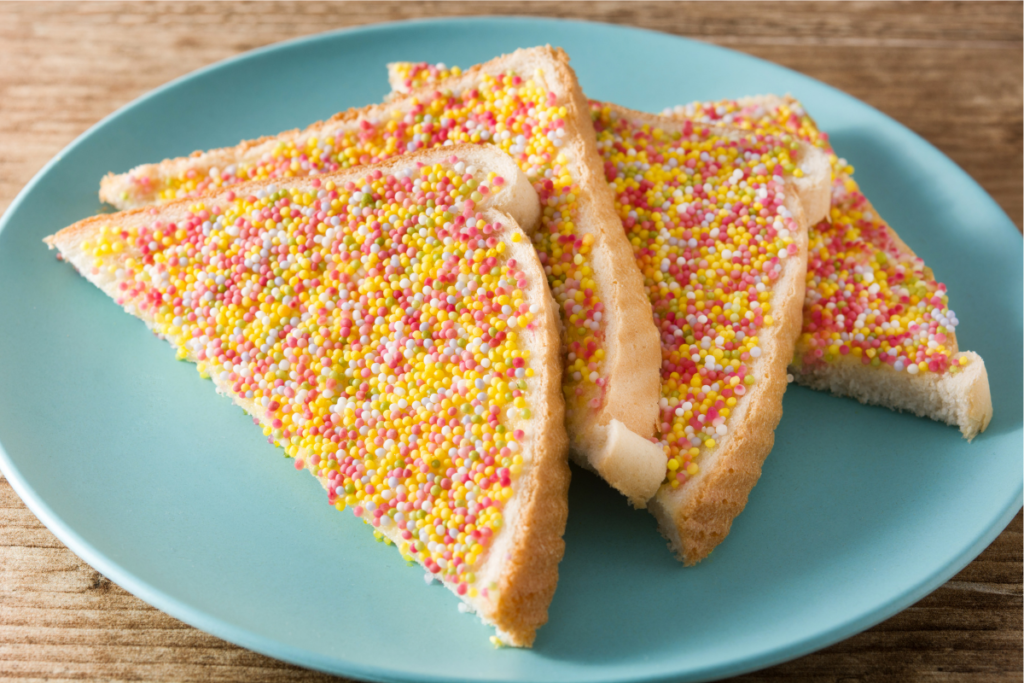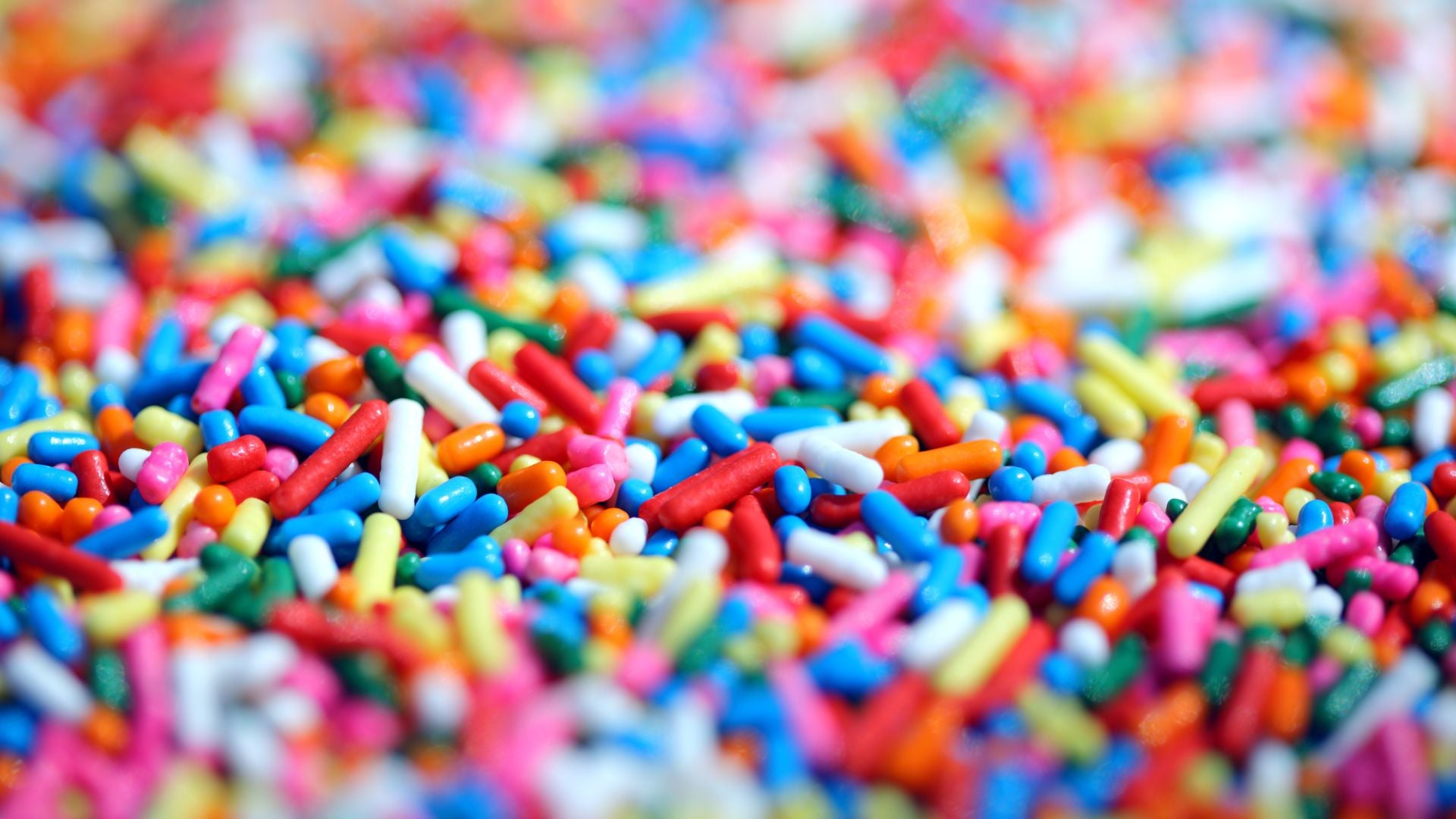What Are Cake Sprinkles?
Cake Sprinkles are very small pieces of confectionery that make not just cakes, but almost any dessert, look lovely and complete, effortlessly. At the same time, they help you hide the unintended "mistakes" in your baking.

Composition
They are made from sugar, corn starch, vegetable or palm oil, wax, and artificial colours and flavours.The main ingredient is of course sugar which is why you will see it listed first among the ingredients. Wax is used as a coating on some sprinkles and it gives them a shine and at the same time prevents or slows the colour from seeping into the dough. You've probably seen a cake with sprinkles where you can see flecks of colour all over the cake. This is most likely due to the sprinkles not being waxed or the dough just being very wet. Wax can also prevent or delay hardening.
Use of Cake Sprinkles
Cake sprinkles are used to decorate or add texture to various desserts, including cakes, ice cream, cookies, and doughnuts. The dessert should only have a slightly sticky surface, like frosting, for the sprinkles to stick to.In most cases, they are added as decoration, but sometimes they can even be included in the baking process to brighten the colour.
They have different uses around the world. For example, chocolate sprinkles are often used as a sandwich topping in the Netherlands and Belgium. In Australia and New Zealand, fairy bread is well known to everyone, especially at children's parties. This is buttered white bread topped with rainbow-coloured round sprinkles.
Types of Cake Sprinkles
You can choose from 5 basic types of sprinkles:- Jimmies, also called Sugar Strands or Rainbow Cake Sprinkles, look like broken pieces of spaghetti and you can get them in all kinds of colours. You can sprinkle them on everything from ice cream to cupcakes, doughnuts, cakes, and cookies.
- Nonpareils are tiny, crunchy, and sweet dots that can look elegant or fun. You also get them in different colours. In Australia, they are also called "Hundreds and thousands". They are great for a gentle sprinkle effect.
- Confetti or Quins can be found in various shapes, such as hearts, stars, circles, etc. In some cases, the shape is not defined. You can sprinkle them on cupcakes or the sides of cakes or mix them with other cake sprinkles for an interesting combination.
- Dragees or Sugar Pearls are larger than nonpareils, very hard, smooth, and round. In the US some of them are considered inedible, while in Europe, Canada, and Australia their consumption is pretty standard. In any case, we suggest that you use them sparingly and that larger dragees should be scrapped before eating, due to the danger they present to the teeth.
- Sanding Sugar is pearl coloured and shiny. Perfect for sprinkling desserts and for edging a glass of champagne or a cocktail.

Fun Facts
Did you know that:
- "Jimmies" is the most popular term for cake sprinkles in Philadelphia and Boston;
- “Shots” is a special term for sprinkles in Connecticut and other parts of the United States;
- Nonpareils date back to at least the late 18th century and are an early version of sprinkles. They are said to have evolved from the pharmaceutical use of sugar, as they were a miniature version of comfits;
- An 18th-century American recipe for a glazed wedding cake calls for nonpareils;
- It appears that coloured nonpareils were already available in the US at the beginning of the 19th century, as the popular cookbook author Eliza Leslie already suggested them in her recipes.
- In the Netherlands, cake sprinkles were called "Hagelslag" after their similarity to the weather phenomenon - hail, which is common there. They are used as a topping for sandwiches, sprinkled over butter spread on bread. This use of sprinkles is also popular in Belgium and the former colonies of the Netherlands, Suriname, and Indonesia.
- The origin of the name “Jimmies” is still unclear, but it was first published in 1930 as a cake topping reference.
- Confetti cake, popular in the US for children's birthdays, has sprinkles mixed with the dough, which slowly dissolve and form small coloured spots that resemble confetti.
- Sprinkles are among the most popular ice cream toppings in the world.
- Fairy Bread is a children's dessert with cake sprinkles or nonpareils on buttered white bread, commonly served at children's parties in Australia and New Zealand.

How to Make Homemade Cake Sprinkles?
Yes, it's true, you can make them at home and it's not difficult. However, the work can be tedious, time-consuming, and in most cases, without the desired result. This means that homemade cake sprinkles are not as awesome as store-bought ones.You just mix sugar with water and meringue powder, the same as for royal icing. The icing can be coloured with food colouring and divided into thin lines, which are then dried to create iridescent pieces. Though, in the end, the colours may not be as vibrant as if you bought the sprinkles.
We suggest that you consider what is better for you at this point - to buy cake sprinkles (and get them at good prices) or to waste your precious time on something that may end up disappointing you. Alternatively you can also buy “blank” cake sprinkles and colour them the way you want!
